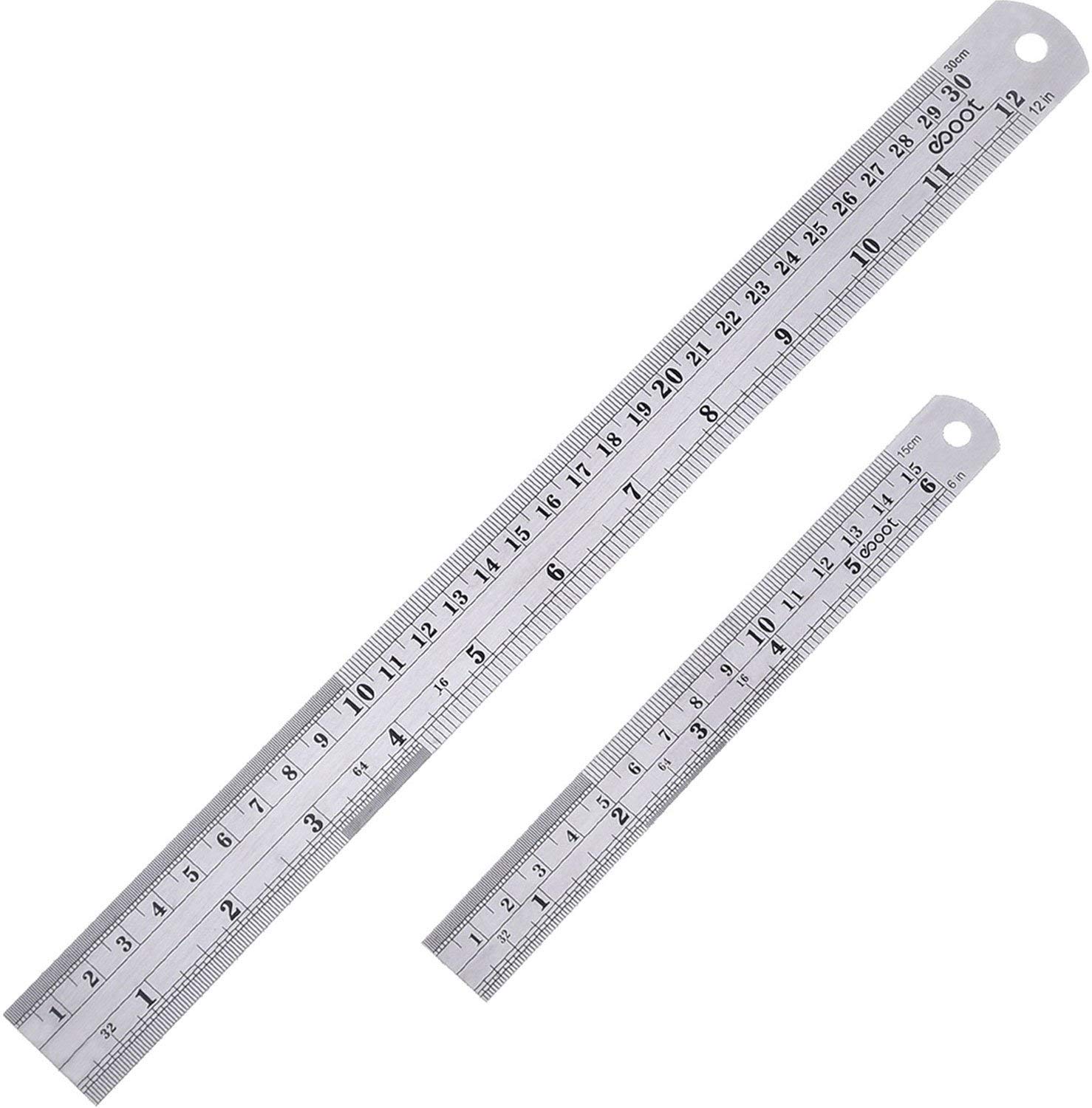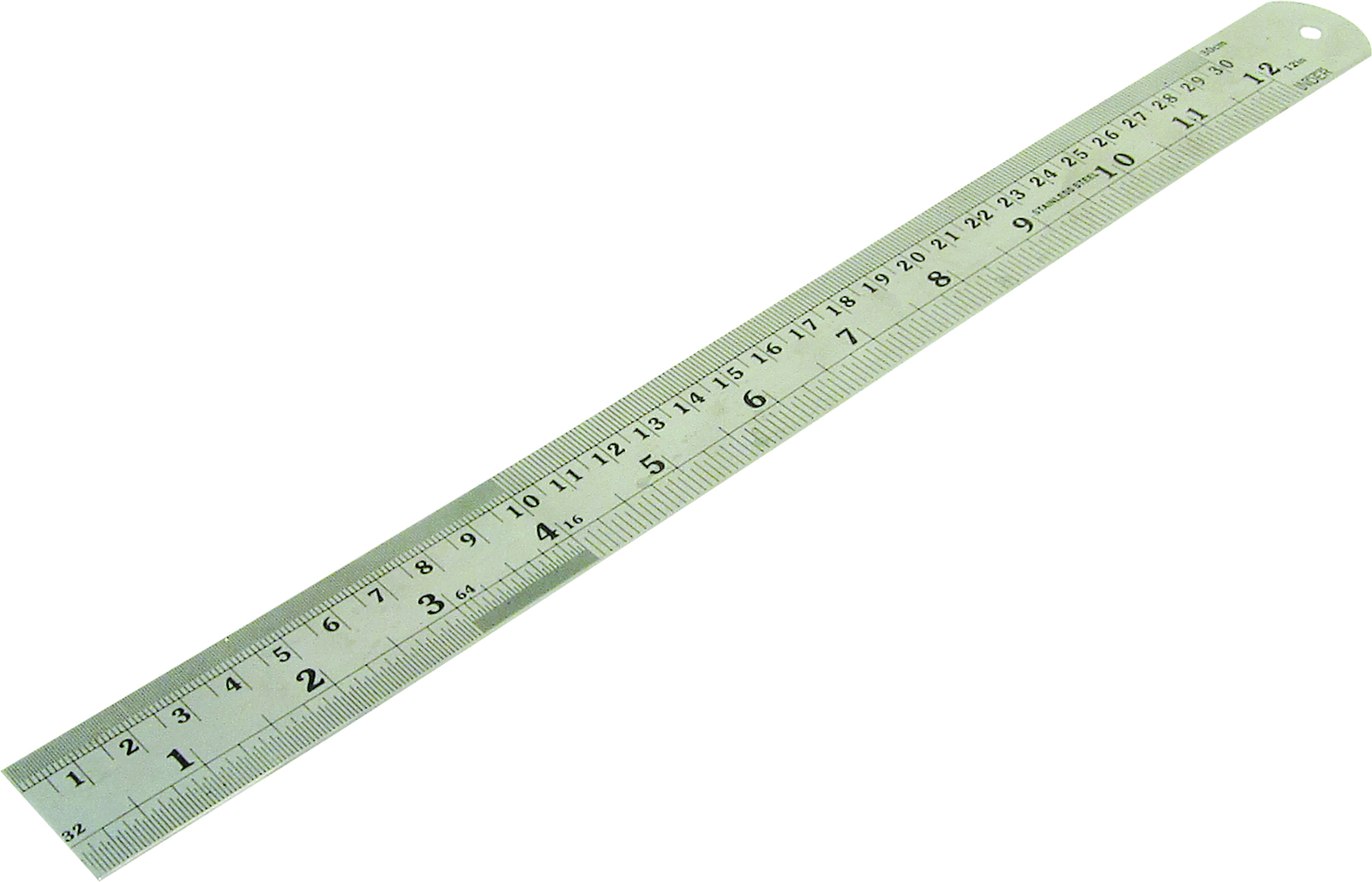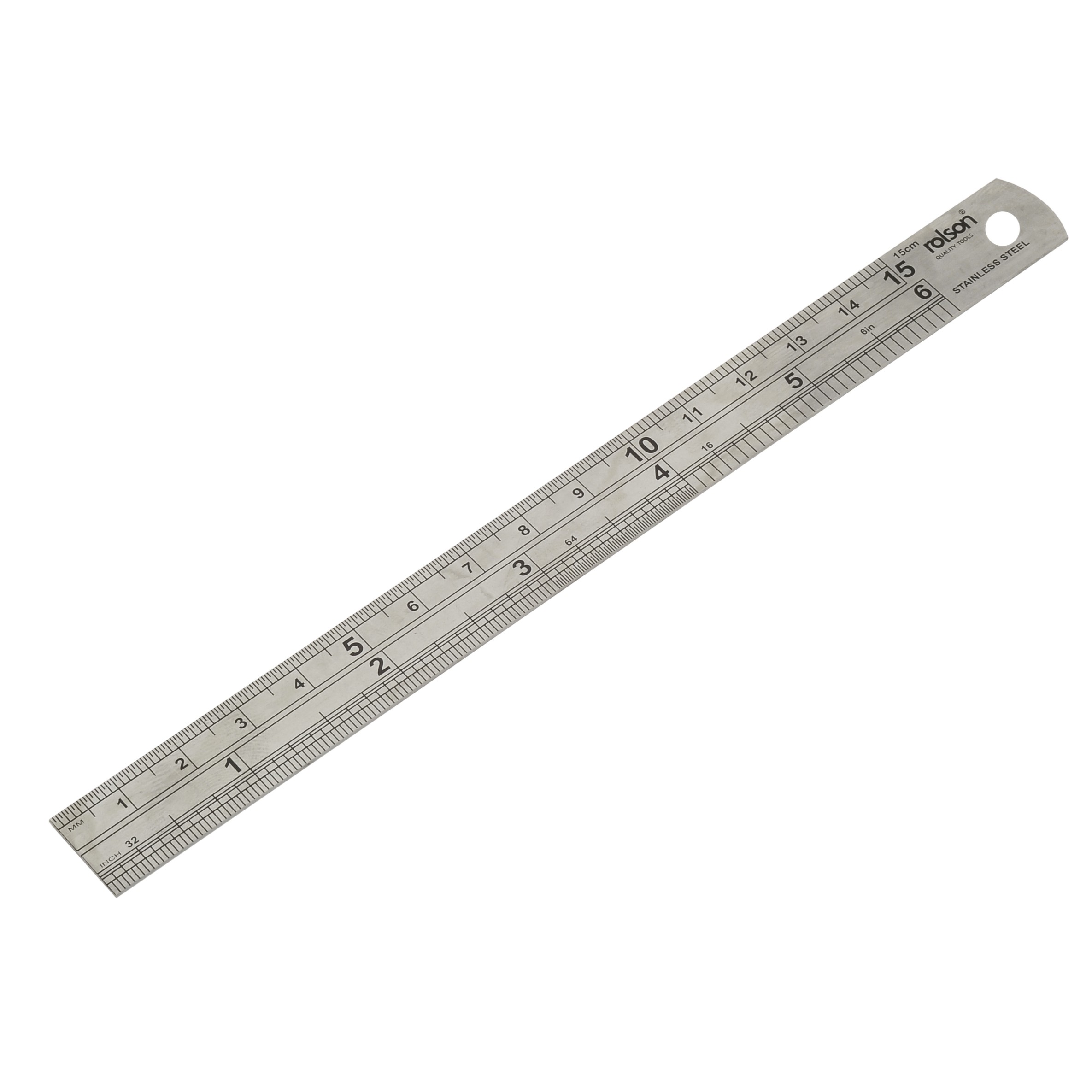

Historically, a flexible lead rule used by masons that could be bent to the curves of a molding was known as a lesbian rule. A flexible device that can be bent to the desired shape is known as a flat spline, or (in its more modern incarnation) a flexible curve. The equivalent of a ruler for drawing or reproducing a smooth curve, where it takes the form of a rigid template, is known as a French curve. Frank Hunt later made the flexible ruler in 1902.

Īnton Ullrich invented the folding ruler in 1851.

Ancient bricks found throughout the region have dimensions that correspond to these units. Ian Whitelaw holds that the Mohenjo-Daro ruler is divided into units corresponding to 1.32 inches (33.5 mm) and these are marked out in decimal subdivisions with amazing accuracy, to within 0.005 inches (0.13 mm). Excavations at Lothal (2400 BCE) have yielded one such ruler calibrated to about 1⁄ 16 inch (1.6 mm). Rulers made of ivory were in use by the Indus Valley civilization period prior to 1500 BCE. 2650 BCE and was found by the German Assyriologist Eckhard Unger while excavating at the Sumerian city of Nippur (present day Iraq). The oldest preserved measuring rod is a copper-alloy bar that dates from c. In the late 18th century the metric system came into use and has been adopted to varying degrees in almost all countries in the world. In the history of measurement many distance units have been used which were based on human body parts such as the cubit, hand and foot and these units varied in length by era and location. These programs are also known as screen rulers.Ī wooden carpenter's rule and other tools found on board the 16th-century carrack Mary Rose It is rolled up when not in use, taking up little space.Ī ruler software program can be used to measure pixels on a computer screen or mobile phone. It is used to measure around a solid body, e.g., for a person's waist measurement, as well as for linear measurement, e.g., for the inside leg length. The illustrations on this page show a 2 m (6 ft 7 in) carpenter's rule, which folds down to a length of 25 cm (10 in) to easily fit in a pocket, and a 5 m (16 ft) tape, which retracts into a small housing.Ī flexible length-measuring instrument which is not necessarily straight in use is the tailor's fabric tape measure, a length of tape calibrated in inches and centimeters. When extended for use, they are straight, like a ruler. Measuring instruments similar in function to rulers are made portable by folding (carpenter's folding rule) or retracting into a coil (metal tape measure) when not in use. More detailed line gauges may contain sample widths of lines, samples of common type in several point sizes, etc. Units of measurement on a basic line gauge usually include inches, agate, picas, and points. These may be made from a variety of materials, typically metal or clear plastic.

Practical rulers have distance markings along their edges.Ī line gauge is a type of ruler used in the printing industry. Classically, long measuring rods were used for larger projects, now superseded by tape measure, surveyor's wheel or laser rangefinders.ĭesk rulers are used for three main purposes: to measure, to aid in drawing straight lines, and as a straight guide for cutting and scoring with a blade. Rigid wooden or plastic yardsticks, 1 yard long, and meter sticks, 1 meter long, are also used. Longer rulers, e.g., 18 in (46 cm), are necessary in some cases. Shorter rulers are convenient for keeping in a pocket. 12 in or 30 cm in length is useful for a ruler to be kept on a desk to help in drawing. Metal is used for more durable rulers for use in the workshop sometimes a metal edge is embedded into a wooden desk ruler to preserve the edge when used for straight-line cutting. Plastics have also been used since they were invented they can be molded with length markings instead of being scribed. Rulers have long been made from different materials and in multiple sizes.


 0 kommentar(er)
0 kommentar(er)
